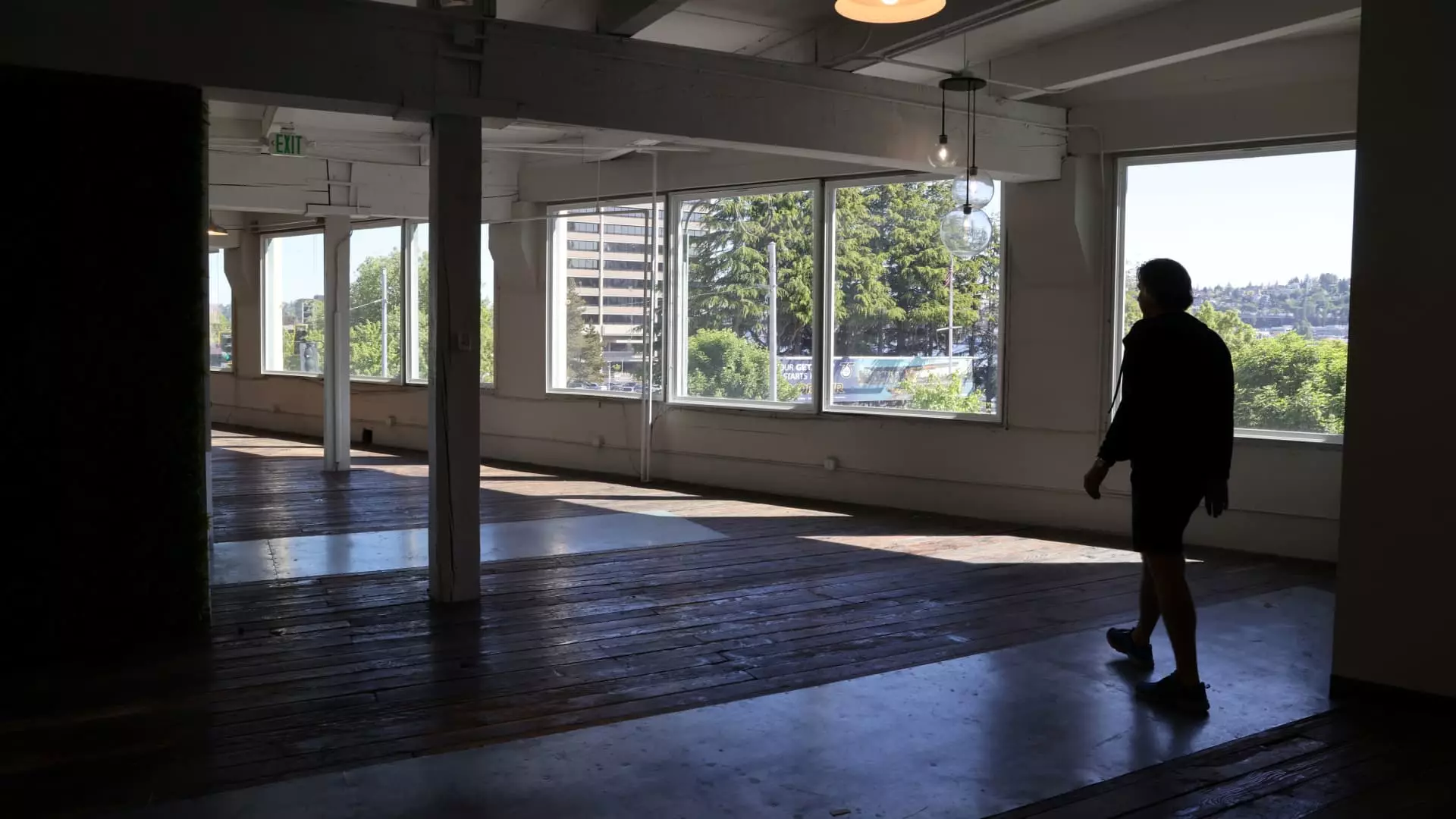In recent years, the U.S. office market has experienced turbulence like never before. However, 2023 marks a pivotal moment as the balance shifts dramatically: for the first time in a quarter-century, demolitions and conversions of office spaces are predicted to outpace new constructions. As highlighted by data from the CBRE Group, this trend is not merely a minor blip on the radar; it reflects a broader transformation fueled by evolving work habits and the demands of a post-pandemic society. The removal of outdated office spaces is not only a numerical change; it suggests a potential revitalization of the commercial real estate landscape, offering new opportunities to shape urban environments.
The Data Reveals a New Reality
The stark figures presented by CBRE tell a compelling story. A projection that 23.3 million square feet of office space will be demolished or converted compared to just 12.7 million square feet being constructed reveals the deep ramifications of a shifting cultural mindset. With office vacancy rates hovering around 19%, the crisis of empty office buildings has birthed innovative solutions. This critical shift signifies that stakeholders in the commercial real estate sphere need to adapt or be left behind. More than ever, the pressure is on to reimagine what office space means in a world where remote work has solidified its place in professional culture.
The Remote Work Revolution
As the pandemic ushered in a remote work revolution, the traditional office model has come under severe scrutiny. Empty offices are a poignant reminder of a bygone era, and employers face the challenge of coaxing workers back to physical spaces. Yet, as the labor market tightens, a burgeoning willingness among employees to return is emerging, albeit at a pace that may not satisfy everyone involved. The observed net absorption of office spaces—indicating a slow yet hopeful uptick in occupancy—provides a glimmer of hope for an industry in transition. It is crucial to acknowledge that this recovery, while necessary, is only one side of the coin.
The Rise of Flexible Spaces
The emergence of Class A office spaces, newly revitalized and strategically converted, are becoming hot commodities. These high-end spaces are not just about square footage; they represent a shift toward versatility and adaptability. For companies eager to attract top talent, an investment in premium, amenity-rich environments is not merely beneficial but essential. Crucially, as the supply of prime office space tightens, demand for these properties will likely elevate rental prices, adding to the financial viability of both developers and investors in the process. As Jessica Morin of CBRE notes, the removal of obsolete spaces aids in reshaping vibrant urban landscapes, creating a symbiotic relationship between the market and the neighborhoods they inhabit.
The Challenges Ahead
As with any significant change, the evolving office landscape is not without its hurdles. The anticipated conversion of office spaces into multifamily residences presents a promising pipeline—roughly 43,500 units are in various stages of conversion—but it also faces challenges. Rising costs for materials and labor could thwart the potential benefits, halting progress just as momentum builds. Furthermore, as the pool of suitable buildings suitable for conversion contracts, developers may find themselves grappling with viable options to continue on this upward trajectory. This confluence of factors illustrates a reality: while the shift towards reimagined spaces holds promise, stakeholders must remain flexible, innovative, and prepared for the complexities inherent in this new commercial environment.
Looking Ahead: A Dynamic Future
What lies ahead for the U.S. office market is an ongoing dialogue about sustainability, adaptability, and growth. The current trend towards demolishing or converting outdated office spaces is not merely a statistical anomaly; it serves as a beacon for a potential renaissance in commercial real estate. However, it requires an acknowledgment that as the landscape changes, so too must the strategies employed by those who navigate it. The future holds exciting transformations, and the ability to embrace change will determine who thrives in this evolving marketplace. As we reshape our physical environments, the underlying question remains: how will these changes drive us toward a more sustainable and productive future? The answer lies within our capacity to innovate and adapt in an ever-changing world.


Leave a Reply